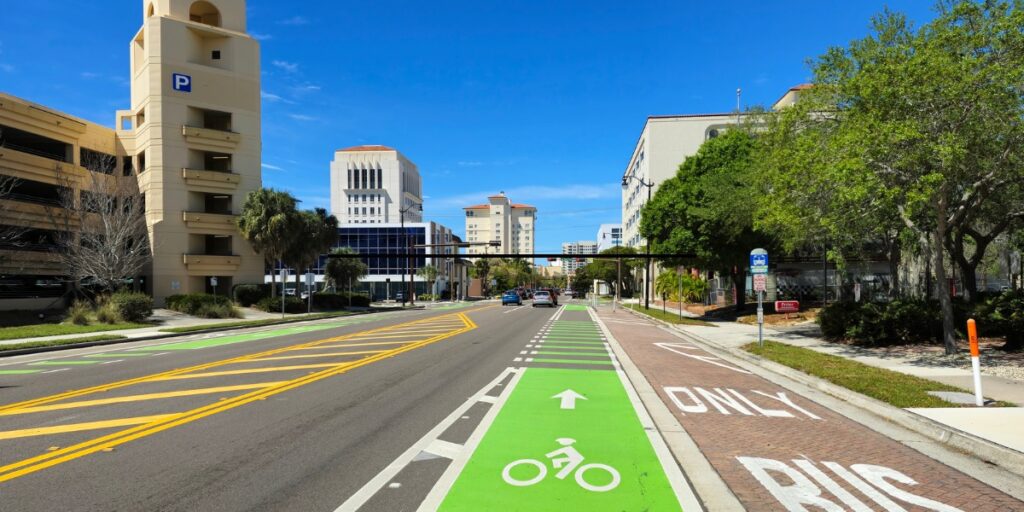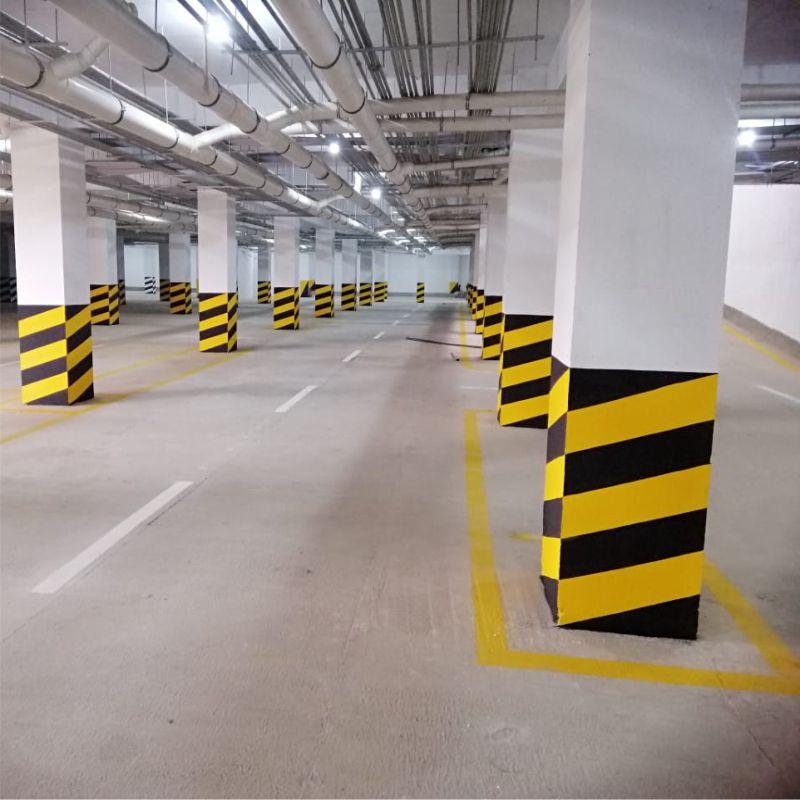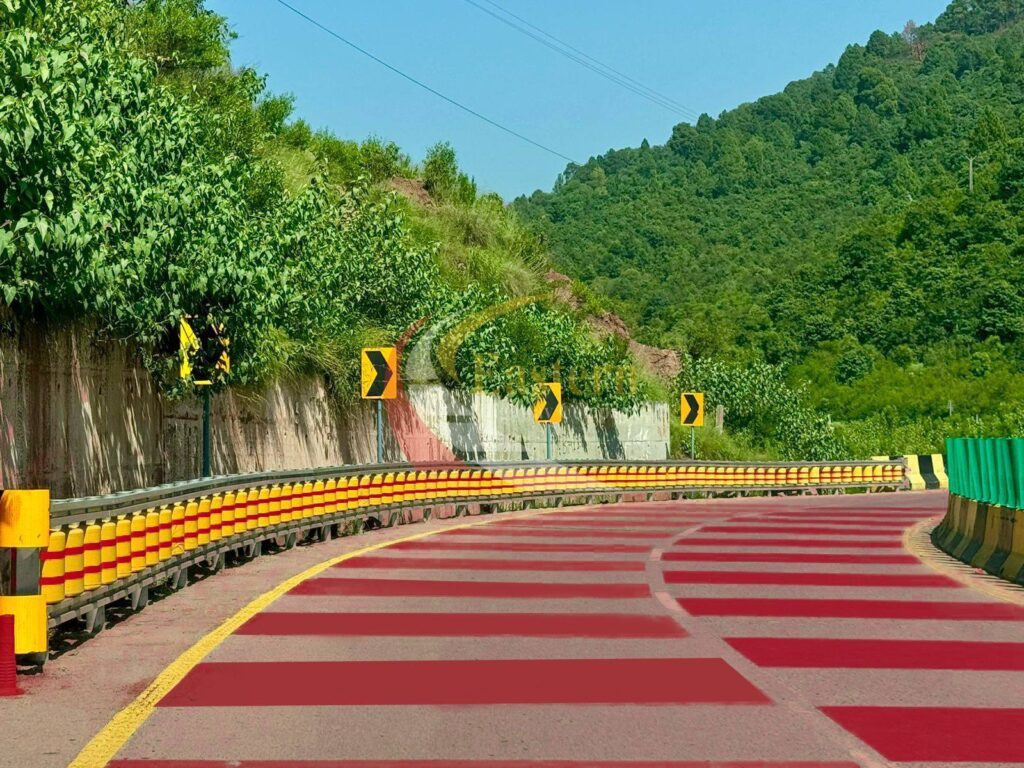In recent years, city planners and transport authorities have recognized that designing roads for cars alone is no longer sustainable. As cycling becomes a core part of urban mobility, smart road design is emerging as the essential framework to support safe, accessible, and efficient bike travel. In the future, bike lanes won’t just be painted lines — they’ll be intelligent, integrated corridors that protect riders and seamlessly connect to the rest of the transport network.
Why “smart” matters: beyond painted lanes
Traditional bike lanes: mere painted stripes on roads—offer minimal protection. Studies show that protected bike lanes, with physical separation (bollards, planters, curbs), significantly increase perceived safety and reduce stress levels among cyclists. Smart design pushes that further: using sensors, adaptive signals, predictive analytics, and data-driven planning to optimize the experience and safety for cyclists.
Smart bike lanes might include embedded sensors that detect cyclists’ presence, triggering signal priority at intersections; dynamic lighting systems that enhance visibility; and real-time alerts to road users about hazards ahead.
Key design features shaping the future
- Protected and segregated lanes
Physical separation between motor vehicles and bikes is a core element of smart lanes. Whether via curbs, bollards, or “light segregation” elements, this protection helps lower collision risk and boosts confidence. - Intersection treatments & smart signals
The biggest danger spots are intersections. Smart designs include bike boxes, dedicated turn lanes, signal phasing that recognizes cyclists, and “green waves” synchronized for bike speeds. Copenhagen’s use of intelligent traffic lights is a compelling example: cyclists are given priority and smoother flows. - Network continuity and connectivity
Bike lanes only help if they form a continuous network without gaps. Smart planning connects residential areas, commercial zones, transit hubs and makes sure cyclists aren’t forced into unsafe routes. - Adaptive infrastructure & pop-ups
Some cities deploy pop-up bike lanes during high demand (e.g. rush hour or events). These can be installed quickly with light barriers, enabling cities to test or temporarily expand cycling access.
Data-driven design & optimization
Using data from cyclists’ trajectories, traffic flows, and predictive models allows planners to spot bottlenecks and optimize where lanes are placed, how wide they should be, and where signal priority is most needed.
Benefits for cities and cyclists
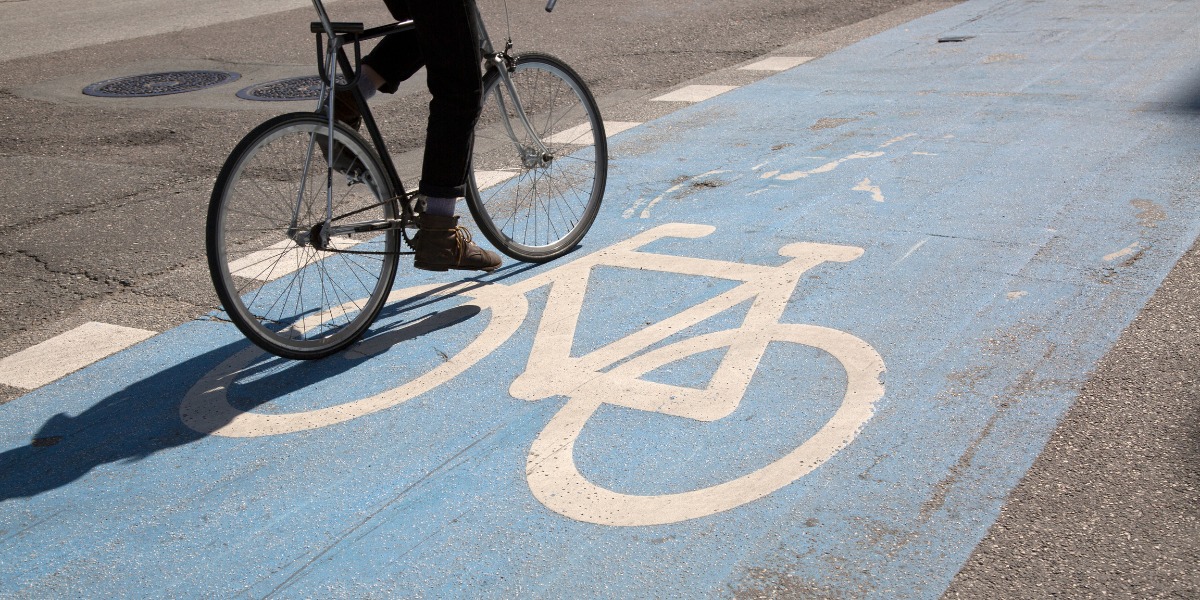
- Greater safety and lower stress
Smart road designs reduce collisions and make cycling more comfortable. In simulated studies, protected lanes lowered stress and improved control. - Increased modal shift to bikes
Safer, better bike infrastructure encourages more people to choose cycling over cars, helping ease congestion and emissions. - Reduced carbon footprint & healthier cities
More cycling means fewer cars on roads, improving air quality, noise reduction, and fitness. Smart lanes help enable these shifts.
Challenges & considerations
- Cost & funding
Upgrading roads, installing smart sensors, or rerouting lanes is expensive. Prioritization and phased deployment are key. - Space & road design constraints
In dense cities, there may not be enough roadway width for full separation. Creative solutions (e.g. removing travel lanes, narrowing car lanes) are needed. - Maintenance
Smart infrastructure requires upkeep, calibration, sensor maintenance, and repair of protective elements.
Vision for Eastern Highway’s audience
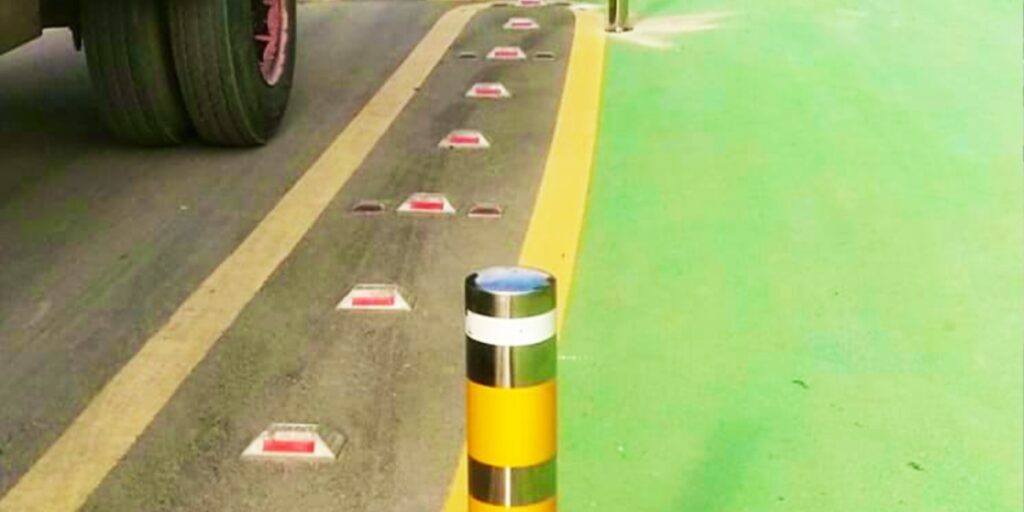
For cities along Eastern Highway’s corridor or influence, adopting smart bike lane strategies offers a way to future-proof urban mobility. By designing roads to prioritize safe cycling, cities can attract more riders, reduce traffic stress, and enhance quality of life. The future of bike lanes is not just about paint: it’s about intelligence, protection, and connectivity.
FAQs:
1. What is a smart bike lane?
A smart bike lane uses modern technology, sensors, and intelligent design to improve cyclist safety and efficiency. These lanes may include adaptive lighting, traffic signals that detect cyclists, and real-time monitoring to ensure smoother and safer rides.
2. How do smart road designs make cycling safer in cities?
Smart road designs separate cyclists from vehicle traffic using barriers, curbs, or flexible bollards. They also use intelligent traffic lights and sensors to give cyclists priority at intersections, minimizing collision risks and improving visibility.
3. Why are bike lanes important in urban centers?
Bike lanes encourage more people to cycle by offering a dedicated and secure space on the road. This reduces traffic congestion, lowers carbon emissions, and supports sustainable urban mobility.
4. Can smart bike lanes be integrated with existing city roads?
Yes. Many cities are upgrading existing roads with smart cycling infrastructure. Technologies like modular barriers, sensor systems, and adaptive signals can be added without completely rebuilding the road network.
5. What role does Eastern Highway play in promoting safer cycling infrastructure?
Eastern Highway supports innovative road design and traffic safety solutions. Through modern road marking systems, intelligent traffic management, and safety products, the company contributes to building safer, smarter cycling lanes in urban environments.






